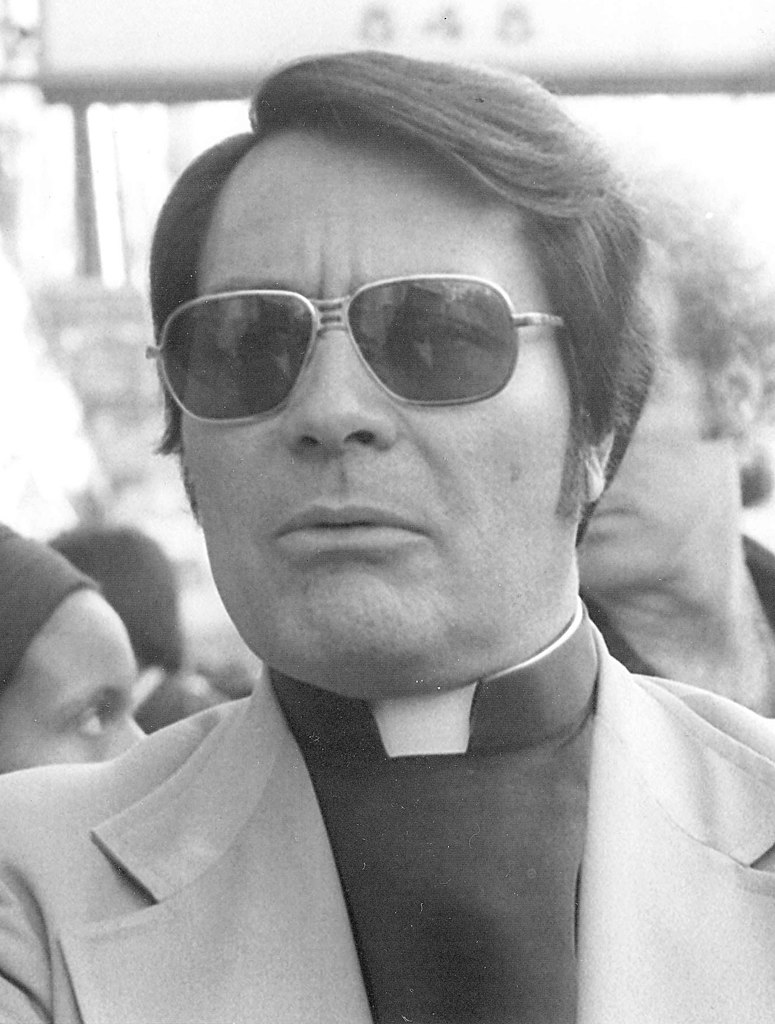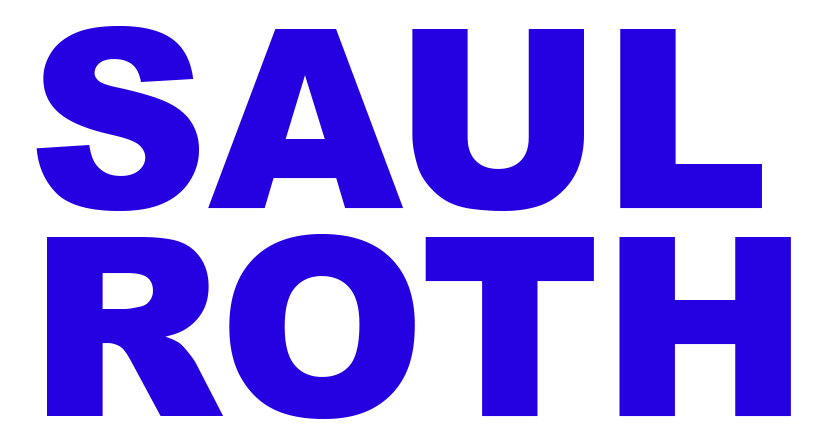
Image Credit: Nancy Wong, CC BY-SA 3.0, via Wikimedia Commons
By Saul Roth
The Jonestown Massacre was a mass suicide and murder that occurred on November 18, 1978 in the jungle settlement of Jonestown, Guyana. The settlement, which was established and led by Jim Jones, the founder of the Peoples Temple, was home to over 900 American citizens, many of whom were members of the Peoples Temple. The massacre is considered one of the largest loss of American civilian life in a non-natural disaster before the events of September 11, 2001.
Jim Jones was born in 1931 in Indiana and began his career as a Christian minister. He founded the Peoples Temple in the 1950s and it grew to become one of the largest and most influential churches in the San Francisco Bay Area in the 1970s. Jones preached a message of racial and economic equality, and many of his followers were African American and working-class. However, behind the facade of a socially conscious church, Jones was also a authoritarian leader who controlled every aspect of his followers’ lives. He was known for his erratic behavior, which included claiming to have supernatural powers and demanding complete loyalty from his followers.
In 1977, reports of abuse and misconduct within the Peoples Temple began to surface, and Jones became increasingly paranoid about government interference and potential threats to his community. In 1978, he decided to move his entire congregation to a remote jungle settlement in Guyana, which he named “Jonestown”. The move was marketed as an opportunity for the members of the Peoples Temple to create a utopia where they could live freely without interference from the outside world.
However, life in Jonestown was far from utopian. The living conditions were harsh, with inadequate food, housing, and medical care. Jones continued to exert complete control over his followers, using physical and psychological abuse to maintain discipline. He also instilled a deep fear of outsiders and the outside world, regularly conducting “white night” drills in which members were told that they would be killed by outsiders if they ever attempted to leave the community.
On November 18, 1978, a delegation of U.S. Congressman Leo Ryan and several members of the press arrived in Jonestown to investigate the reports of abuse and mistreatment. Jones was initially welcoming, but as the delegation began to interview members of the community, it became clear that many were unhappy and wanted to leave. As the delegation prepared to depart, a group of Jones’ followers ambushed them at the airstrip, killing Ryan and several others.
In response to the attack, Jones ordered his followers to commit “revolutionary suicide” by drinking a mixture of cyanide and Flavor Aid. Over 900 people died as a result, including men, women, and children. Jones himself died of a gunshot wound, which is believed to have been self-inflicted.
The Jonestown massacre is a tragic and shocking event that has had a lasting impact on American culture. It serves as a reminder of the dangers of cults and the destructive power of authoritarian leaders. It also highlights the importance of holding those in positions of power accountable for their actions and being vigilant in protecting the rights and well-being of vulnerable individuals.
The tragedy also led to a greater awareness and critical examination of cults, their leaders, and the tactics they use to control and manipulate their followers. It also led to a greater scrutiny of the actions of government agencies and the media in relation to cults, and the effectiveness of their response to such groups.
The Jonestown massacre remains one of the most horrifying events in American history, with the death toll being one of the highest in a non-natural disaster, and the disturbing images of the aftermath continue to be etched in the memories of those who were alive at the time.

Recent Comments